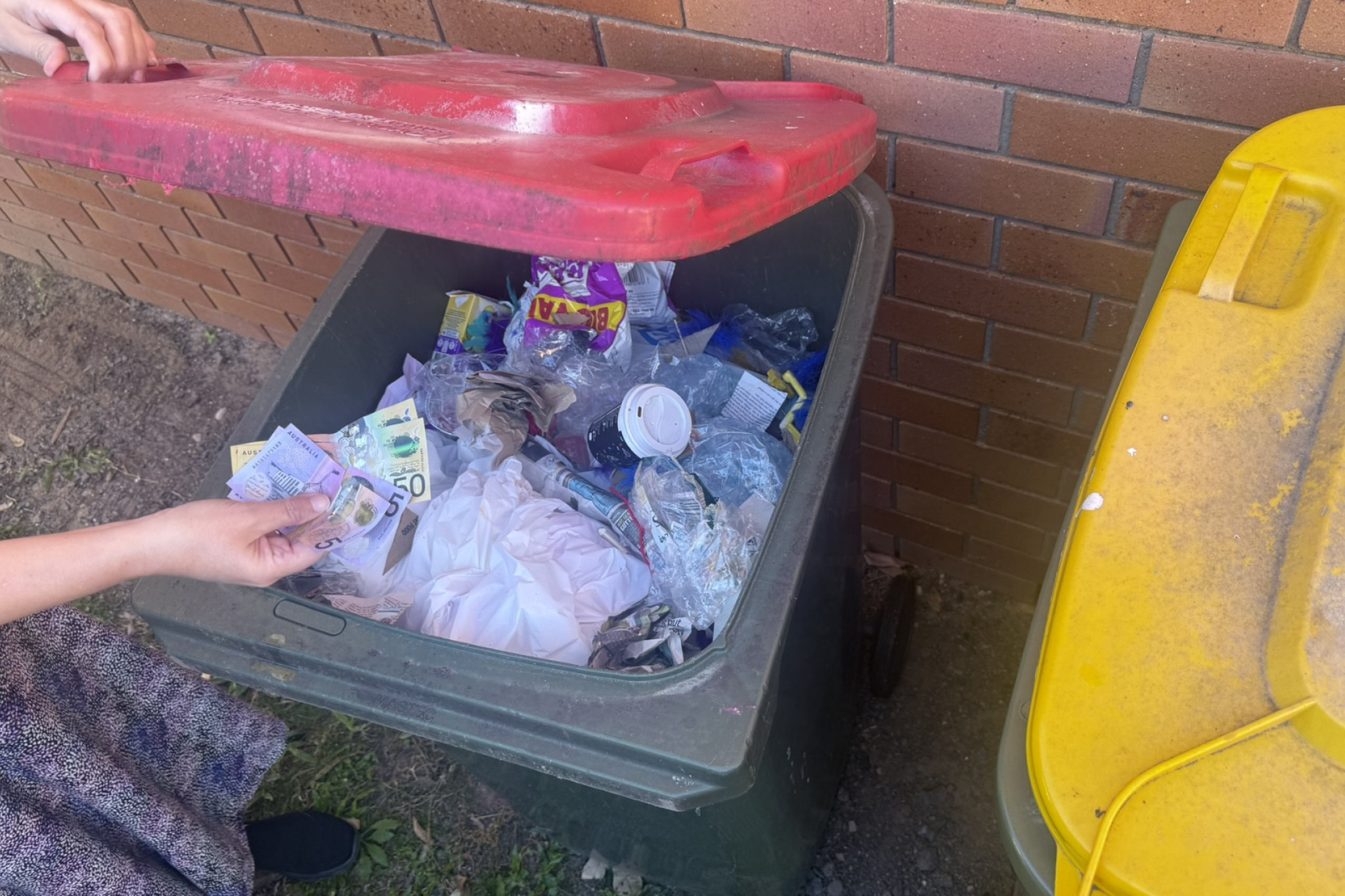Council
8 July, 2025
Dumping tax on councils
MORETON Bay and Somerset councils have joined a Local Government Association Queensland (LGAQ) campaign demanding the State Government review its waste levy, which could cost 19 Queensland councils almost $30 million.

According to LGAQ chief executive officer (CEO), Alison Smith, as of July 1, Queensland councils are having to pay the Government a “bin tax” for the waste they send to landfi ll, as councils in waste levy zones will no longer receive the 100 per cent off set, which has been paid by the state.
“That off set has been paid to councils in order to prevent the levy being applied to household bins,” she said.
“However, with the off set dropping to 70 per cent for some councils this fi nancial year, and the off set amount forecast to drop each year going forward, unless the State agrees to a reset.”
The LGAQ is calling for a pause on any reduction to the waste levy off set payments to councils, until the review of the State’s DRAFT Queensland Waste Management Strategy 2025-2030 is completed.
“Your council will be forced to choose between passing the cost on to ratepayers, or having less money for council services like parks, libraries and community facilities,” Ms Smith said.
According to Ms Smith, the waste levy is part of the Government’s plan to reduce the amount of rubbish sent to landfi ll and to increase recycling.
However, she added the current Government is not putting into place options the former State Government promised when fi rst introducing plans to reduce the levy off set paid to councils.
These promises included ensuring the levy had no direct impact on households, and that a $2.1 billion investment into recycling options, and other markets for kerbside waste, would occur to ensure households had the necessary options to divert waste out of their bins in order to avoid the tax.
The LGAQ estimates the waste levy will generate $477 million in revenue for the State, based on the State’s recent budget.
Somerset Mayor Jason Wendt said Council was required to pay more to the State Government for every tonne going to landfi ll from July 1.
“The waste levy for the 2024-2025 fi nancial year was $115 per tonne, and is increasing to $125 per tonne in 2025-2026 – nearly a 9 per cent rise in cost for Council,” Cr Wendt said.
“This is one of the biggest contributors to total rates this year.
“We don’t want to pass this tax on to households in a cost-of-living crisis, so we are proudly standing behind the LGAQ’s campaign to #BinTheTax.”
Cr Wendt estimated future waste levy increases could result in an increase of 46 per cent over the next six years to cover waste management costs.
Somerset Council has also written a submission to the State Government’s waste review addressing the unique challenges faced by the Somerset region.
A spokesperson for Moreton Bay Council said they will also continue to lobby the State Government about their increasing waste levy and decreasing off set payments to councils.
“The state revenue from this levy must be returned to Councils to invest in new and improved waste infrastructure – this must not be an extra cost for residents,” they said.
“Council encourages the State Government to review this levy as part of its wider review of Queensland’s waste strategy.
“Council is confi dent this wider review will deliver councils the long-term support required to reduce landfi ll, including new infrastructure, and not impose an additional cost burden on communities.”
Moreton Bay Council did not provide The Sentinel with an estimate of how much the levy could cost ratepayers.
According to the Department of Environment, Tourism, Science and Innovation, Somerset Council has received more than $6.8 million in advance payments out to 2026-27 since 2019, to off set costs to households.
Moreton Bay Council has received more than $122.9 million in advance payments out to 2026-27.
Minister for the Environment and Tourism, and Member for Glass House, Andrew Powell, said councils have been paid $1.26 billion since 2019 to off set costs to households.
“We will continue to support Queensland councils and have announced a new $130 million Resource Recovery Boost Fund to kickstart infrastructure that diverts waste from household red-lid bins to green and yellow bins,” he said.
“If councils keep waste out of landfi ll, they don’t pay the levy.”
70 per cent of waste levy funds collected are allocated to waste reduction and recycling programs and broader environmental programs.
The waste levy zone covers 39 out of Queensland’s 77 local government areas.
This covers around 90 per cent of Queensland’s population and is where most of Queensland’s waste is generated and disposed of.

